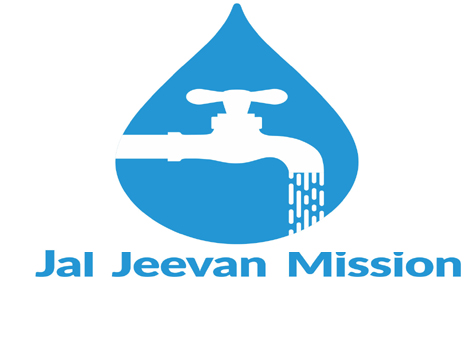The water supply situation in rural households in Scheduled Tribe areas in India is a matter of concern, as per the report tabled in Rajya Sabha. The Government’s flagship programme, Jal Jeevan Mission (JJM)-Har Ghar Jal, has a set target of completion in 2024. However, the data highlights that there is still a significant portion of rural tribal households without tap water connections. The JJM is an initiative to extend water access to every household across the nation, irrespective of its remoteness or challenging geographical conditions.
In Jammu and Kashmir also, a concerted effort has been undertaken, involving multiple entities such as NGOs, paani samities (water committees), panchayats, and various other resources, all aimed at expediting the mission’s progress to be completed in 2023. However, the mission entails more than merely establishing physical tap water connections; its core objective is to ensure the provision of potable water. The UT of Jammu and Kashmir is home to a significant population of STs, many of whom migrate to various locations based on climatic conditions. Consequently, ensuring the availability of safe drinking water poses a formidable and complex challenge. The task is undeniably formidable, given the adverse climatic conditions, rugged mountainous landscapes, and even arid zones like the Kandi area in Jammu and Kashmir. The situation becomes more complicated as numerous districts in Jammu and Kashmir are already grappling with water scarcity, particularly within the Jammu division, particularly during the summer months. Hence, the gravity of the situation surpasses what is commonly projected in the public sphere.
Presently, the urban water supply remains largely dependent on groundwater usage without any substantial augmentation. A significant Chenab water lift scheme, which could potentially alleviate the situation, appears to have been largely overlooked. However, all departments must rise to the occasion. With adequate financial resources at disposal, adhering to the stipulated timeline becomes pivotal in achieving JJM targets.
Trending Now
E-Paper


